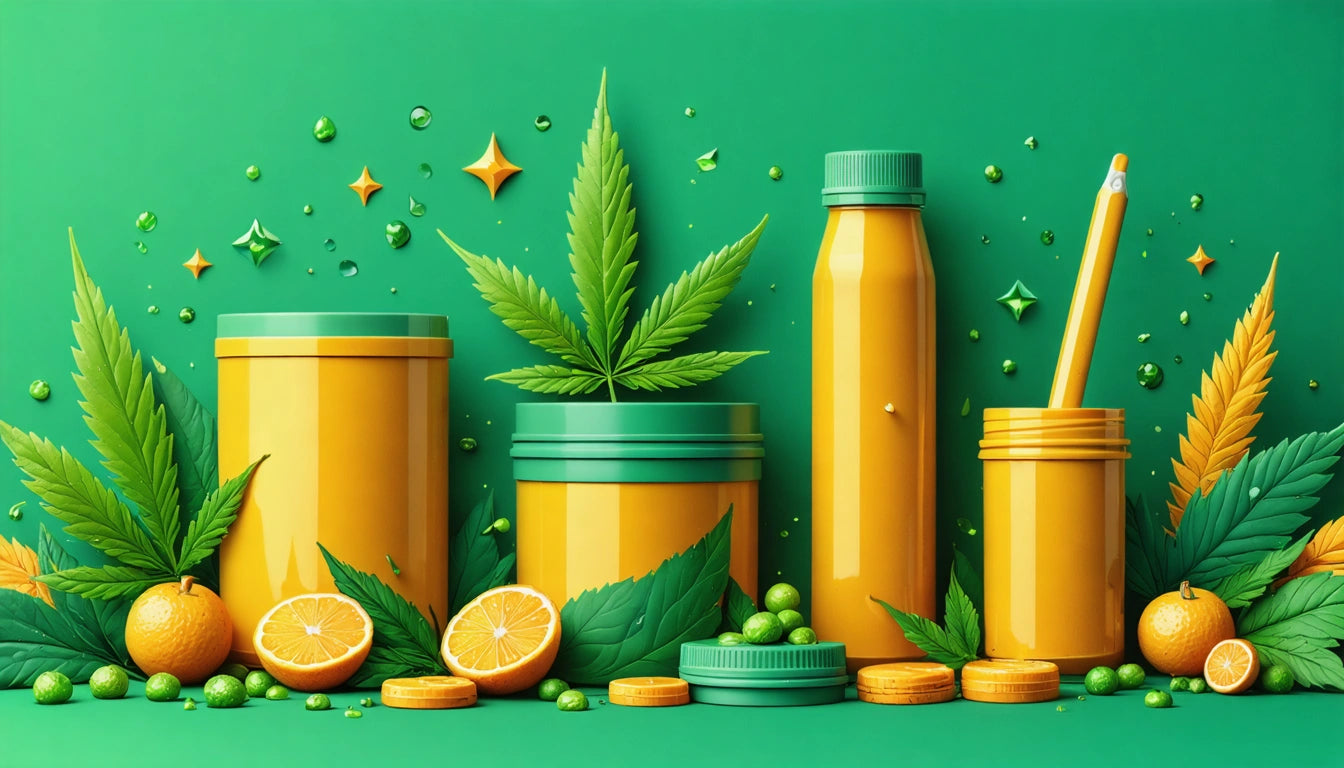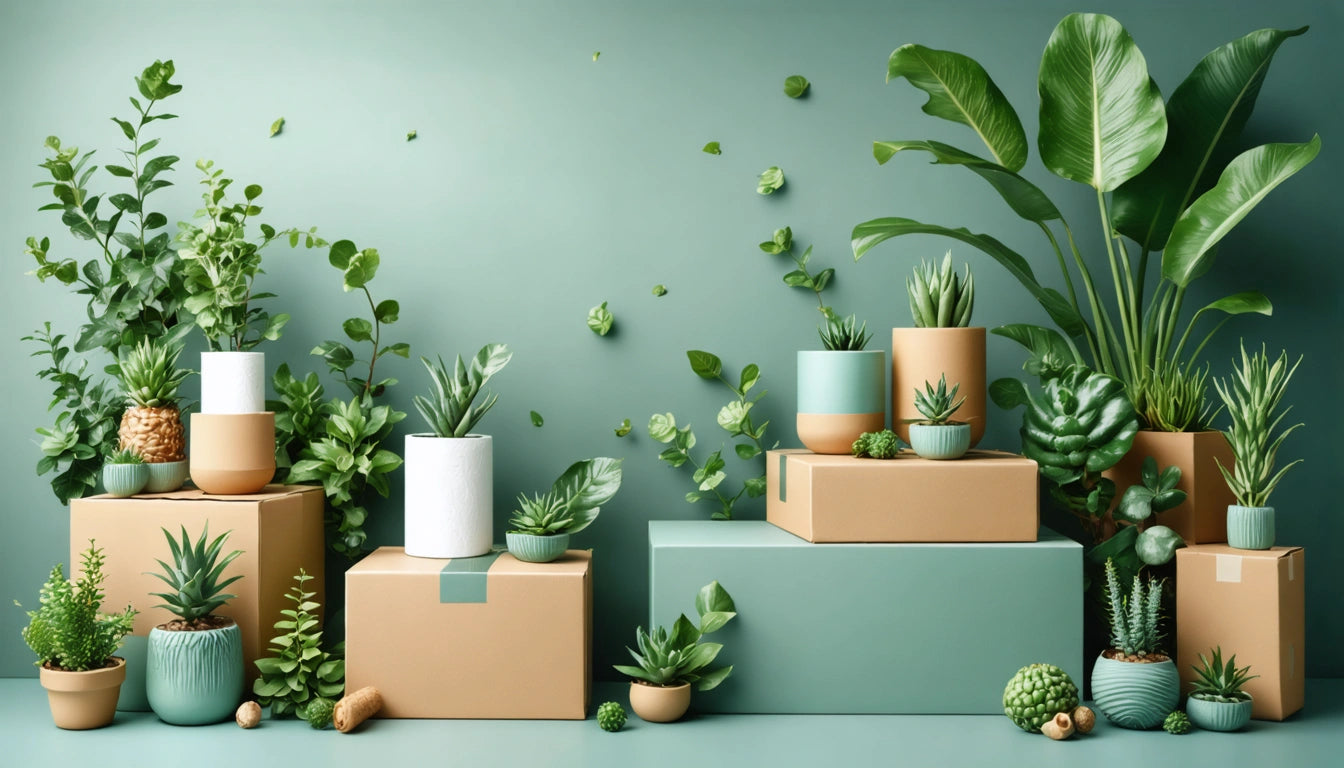Table of Contents
Pre-roll packaging represents a significant portion of product costs for cannabis brands at every stage of development. The financial approach to packaging differs dramatically between startups with limited capital and established brands with larger purchasing power. Understanding these differences helps companies make strategic decisions that align with their growth stage and budget constraints.
Initial Investment Considerations
Startups face unique challenges when entering the pre-roll market. Initial packaging investments typically consume 15-25% of early-stage operational budgets compared to 8-12% for established brands. New companies must balance quality with cost efficiency while established players can leverage existing supplier relationships and volume discounts.
For startups, sourcing the right suppliers becomes critical to managing these early costs. Many begin with stock options that require minimal customization while focusing resources on product quality and market entry.
Material Costs and Options
Basic Materials Comparison
The material selection significantly impacts both upfront costs and long-term economics:
- Plastic tubes: $0.30-$0.75 per unit for startups (stock options), $0.20-$0.50 for established brands (volume pricing)
- Glass tubes: $0.80-$1.50 per unit for startups, $0.60-$1.20 for established brands
- Paperboard boxes: $0.40-$0.90 for startups, $0.25-$0.70 for established brands
- Tin containers: $0.90-$1.80 for startups, $0.70-$1.40 for established brands
The comparison between glass and plastic tubes reveals that while glass offers premium perception, plastic provides better margins for new entrants. Many brands begin with standard child-resistant plastic tubes, which offer safety compliance at lower price points. These options often include specially designed child-resistant caps and lids that maintain compliance while allowing for some brand customization through color and finish options.
Volume Economics and MOQs
Minimum order quantities (MOQs) create significant cost disparities between new and established brands:
Typical MOQs by Packaging Type
- Stock plastic tubes: 1,000-5,000 units
- Custom printed tubes: 5,000-10,000 units
- Custom boxes with inserts: 10,000-25,000 units
- Premium custom packaging: 25,000+ units
Established brands can meet higher MOQs for custom solutions, bringing per-unit costs down by 25-40%. Startups often must choose between higher per-unit costs with lower MOQs or stretching their budget for volume discounts that may tie up capital in inventory.
When considering options for single pre-rolls versus multi-packs, the economics shift further. Multi-packs often provide better unit economics but require higher initial investment.
Compliance Costs Across Brand Stages
Regulatory compliance adds another layer of cost considerations. Child-resistant packaging standards must be met regardless of company size, but the approach differs:
- Startups: Often rely on pre-certified stock options with minimal customization
- Established brands: Can invest in custom compliance solutions with brand-specific features
The cost of compliance testing for custom packaging solutions can range from $3,000-$8,000 per design, making it prohibitive for many startups. Established brands amortize these costs across larger production runs, reducing the per-unit impact.
State-by-state regulatory variations further complicate the picture, with different packaging requirements potentially doubling packaging SKUs for multi-state operators.
Customization ROI Analysis
The return on investment for packaging customization varies significantly by brand maturity:
Customization Costs and Returns
- Basic branding (stickers/labels): $0.10-$0.30 additional per unit, minimal MOQs
- Direct printing: $0.20-$0.50 additional per unit, 5,000+ MOQs
- Custom molds/structures: $2,000-$10,000 setup plus $0.30-$1.00 additional per unit, 10,000+ MOQs
For startups, simple customization methods like labels offer the best initial ROI. Established brands can justify premium customization investments that enhance brand recognition and justify higher retail pricing.
Research indicates that effective packaging design influences repeat purchases, with established brands seeing 15-20% higher customer retention rates from premium packaging investments.
Strategic Packaging Investments for Growth
Both startups and established brands benefit from strategic packaging roadmaps that evolve with their growth:
- Growth-stage strategy: Begin with compliant stock options, gradually introduce custom elements as volumes increase
- Mature brand strategy: Invest in proprietary packaging systems that create brand recognition and operational efficiencies
Sustainable packaging represents another strategic consideration. While eco-friendly options typically cost 15-30% more initially, they often deliver better long-term brand value and consumer loyalty, especially for premium positioned products.
For brands at any stage, the key is balancing immediate costs against long-term brand building. The most successful companies view packaging not merely as a compliance requirement but as a strategic marketing investment that evolves alongside their market position and financial capabilities.











Leave a comment
All comments are moderated before being published.
This site is protected by hCaptcha and the hCaptcha Privacy Policy and Terms of Service apply.